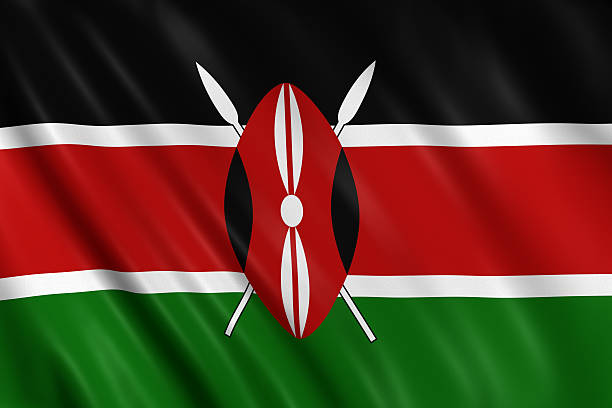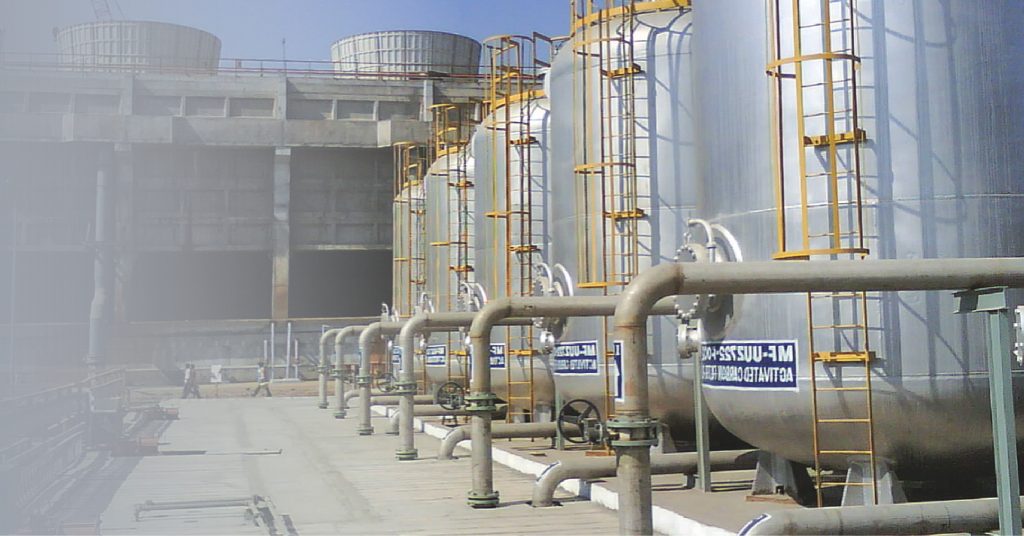Access to clean water remains a significant challenge in Kenya, where over 19 million people lack reliable access to safe drinking water. This scarcity directly impacts public health, agriculture, and economic development. Water contamination from natural and human-made sources, such as industrial pollution, agricultural runoff, and inadequate sanitation systems, exacerbates the situation.
Filtration in water treatment is critical to ensuring clean, safe water for Kenya’s population. It removes harmful particles, contaminants, and impurities that pose health risks, ensuring that water is safe for consumption and other uses. This blog explores the various facets of filtration, its importance, and how it is applied in water treatment systems across Kenya.
What is Filtration in Water Treatment?
Filtration in water treatment is a physical process that removes particles, impurities, and contaminants from water by passing it through a medium, such as sand, gravel, or specialized filters. The filtration process helps eliminate suspended solids, bacteria, and other pollutants that affect the quality and safety of drinking water.
What is filtration in water treatment, and why is it so essential in Kenya? Filtration is the backbone of water treatment systems, especially in areas where water sources are prone to contamination. The removal of harmful substances from water makes it fit for human consumption, and in Kenya, where waterborne diseases like cholera and typhoid are prevalent, it is an indispensable part of public health efforts.
How is Filtration Applied in Water Treatment?
In Kenya, water treatment plants utilize various filtration methods depending on the source of water and the contaminants present. Filtration is applied differently in urban and rural settings due to varying infrastructure and water source quality.
In urban areas like Nairobi and Mombasa, advanced filtration systems are used in large water treatment facilities that draw water from rivers, lakes, or reservoirs. How is filtration applied in water treatment facilities in these cities? These systems often involve multi-stage filtration, including sedimentation, sand filtration, and sometimes membrane filtration for the removal of finer particles and bacteria.
In contrast, rural areas, where centralized water treatment plants may not be available, rely more on small-scale filtration systems. These include simple methods such as household sand filters or community-based filtration systems. Simple, low-cost systems are often employed, particularly in schools, homes, and small community centers, to address the contamination challenge.
Sand Filtration in Water Treatment
Sand filtration in water treatment is one of the oldest and most widely used methods in Kenya. It works by passing water through layers of sand, gravel, and other granular materials that trap contaminants. This method is highly effective in removing suspended solids, bacteria, and parasites, making it suitable for both large-scale and small-scale water treatment systems. One of the major benefits of sand filtration is its simplicity and low operational cost, making it an ideal choice for many Kenyan water treatment plants.
Filtration Process in Water Treatment: Step-by-Step
The filtration process in water treatment is a multi-stage process that is critical for the production of clean and safe drinking water. The steps in the process are mentioned below:
Step 1: Pre-treatment
Before filtration begins, the water undergoes pre-treatment. This stage may involve sedimentation or coagulation to remove large particles like leaves, sand, or silt. Pre-treatment is crucial as it reduces the burden on the filtration system.
Step 2: Filtration
Once pre-treatment is completed, the water enters the filtration stage. The most common type of filter used in Kenyan plants is the sand filter. The filtration process in water treatment can also involve membrane filtration in more advanced systems.
Step 3: Post-treatment
After filtration, post-treatment processes are used to further improve water quality. This can include chlorination, which disinfects the water, removing any remaining bacteria or viruses. In some cases, reverse osmosis or activated carbon filters are used to remove any dissolved impurities or improve the taste and odor of the water.
Elevating Water Quality in Kenya with Ion Exchange
Ion Exchange is leading the way in advancing water treatment solutions in Kenya. By providing state-of-the-art filtration technologies, Ion Exchange is helping to bridge the gap between clean water access and the pressing needs of communities across the country. Their innovative filtration systems, combined with a commitment to sustainability, are helping to improve water quality and accessibility throughout Kenya.
Ion Exchange provides an extensive range of filtration solutions designed for both raw water and wastewater treatment. Their offerings include Multimedia Pressure Sand Filters, Gravity Filters, Auto Valveless Gravity Filters, and Continuous Sand Filters, ensuring efficient filtration across various applications. Additionally, Activated Carbon Filters and the versatile Filter Pak are available, delivering high-performance solutions for water purification and treatment needs. Their solutions include:
- New Generation Manual & Auto Carbon Filters
- Automatic Valveless Gravity Filters
- Continuous Sand Filters
- Multi Grade Filters
- Pressure Sand Filters
- New Generation Manual & Auto Multi Grade Filter (NGMF)
- Activated Carbon Filters
Conclusion
Filtration is an essential part of the water treatment process in Kenya, playing a crucial role in ensuring access to clean and safe drinking water. From sand filtration in water treatment to emerging innovations in filtration technology, it remains a vital tool in addressing the country’s water challenges.
While significant progress has been made, there is still a long way to go in achieving universal access to safe water. By investing in modern filtration systems and policies that prioritize water treatment, Kenya can continue to improve water quality and secure a healthier future for all its citizens.


